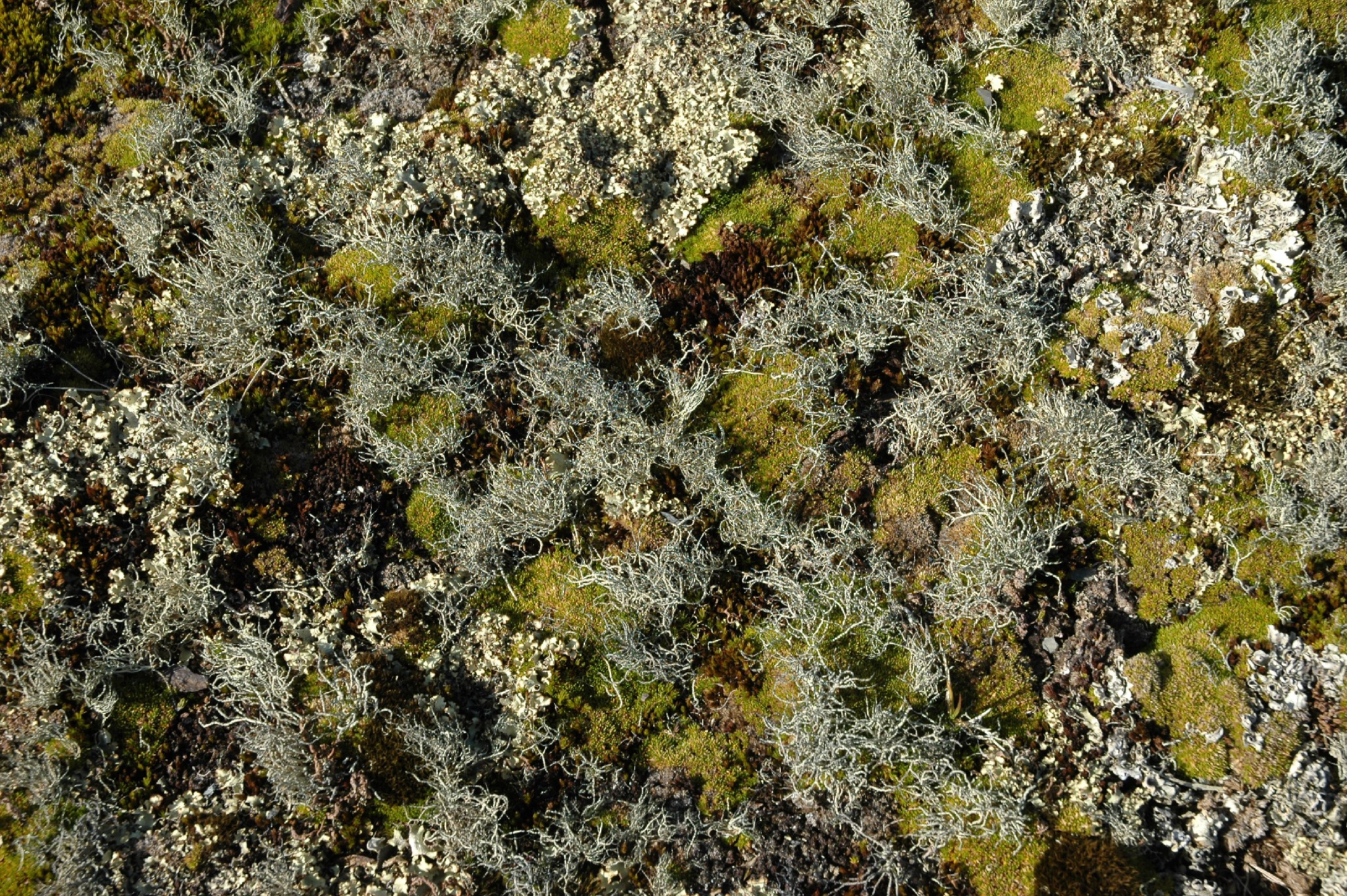A new study challenges recent claims about dramatic "greening" in Antarctica and how this conflicts with decades of field-based ecological knowledge. The new opinion article 'Is Antarctica Greening?', published in Global Change Biology, responds directly to recent high-profile studies that asserted unprecedented ecological transformations based on remote sensing data.
The critique disputes findings suggesting a 14-fold increase in vegetation over recent decades and calls for a rethink of vegetation trends following a Satellite Study from 2024.
Professor Peter Convey from the British Antarctic Survey (BAS) was one of the co-authors of this critique. BAS participated in this international research collaboration that challenges misinterpretations of Antarctic vegetation trends and calls for more accurate scientific analysis grounded in biological reality rather than potentially misleading satellite data.
"Some of the recent estimates imply expansion rates faster than those of invasive species in temperate zones, which is simply not biologically feasible in the extreme Antarctic environment," said co-author Professor Peter Convey from the British Antarctic Survey.
While plants in the Arctic are growing more due to climate change, Antarctica's plant life is very different. It's mostly lichens, algae, mosses and simple bacteria that grow extremely slowly-just millimetres each year. These organisms change colour when wet or dry, which makes satellite images hard to interpret correctly. The paper points out that claims about Antarctica rapidly becoming greener don't match what scientists have observed on the ground for decades.

The article shows photos and drone images that reveal almost no new plant growth in areas that some claim are getting much greener. The authors caution that without checking what's actually happening on the ground and understanding the local environment, satellite measurements – Normalised Difference Vegetation Index (NDVI) – can lead to wrong conclusions. These mistakes could mislead both policy makers and the public.
Key findings of the article include:
- Observed changes in greenness are likely driven by ephemeral algae, seaweed deposition, or snowmelt dynamics-not true vegetation growth.
- The biological growth rates of Antarctic flora are too slow to support the reported expansion.
- A lack of reliable historical imagery and insufficient ground truthing undermines trend reliability.
The authors call for a paradigm shift: moving away from sensational "greening" narratives toward a more nuanced, biologically realistic understanding of Antarctica's terrestrial ecosystems.






